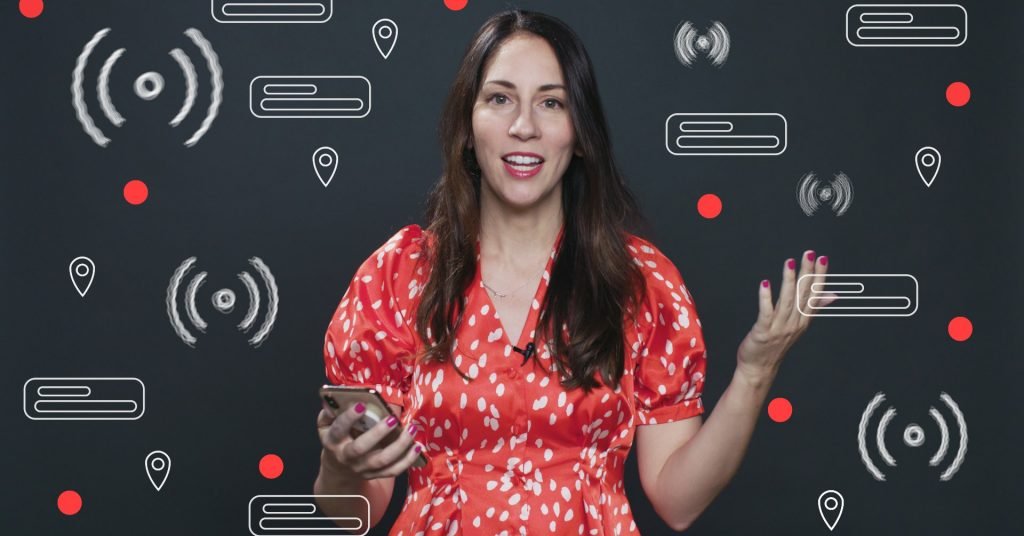Google’s Matías Duarte on the History of Smartphone Notifications

Daywise, modern smartphone users receive more than double the number of notifications per day than theythinkthey’re getting—as many as 73 per day. (Anecdotally, Screen Time dashboard on my own iPhone tells me I’m averaging around 91 notifications per day.)
App makers are trying every which way to grab a sliver of our attention. Psychological researcher Larry Rosen, who cowroteThe Distracted Mind, says he has spoken to app designers about their approaches and has concluded that their efforts to suck us into their apps is “really a business. The bottom line is, it’s a business. And the problem is they’re using behavioral scientists to help them design this.” More notably, Rosen’s research has consistently shown that notifications stress us out—and that constant notifications, beeps, buzzes, and vibrations from our smartphones and computers all contribute to ongoing chemical stress.
But it wasn’t always this way. Some of the earliest architects of smartphone notifications were simply trying to come up with ways to bring popular desktop communication apps to emerging mobile platforms. One of those people is Matías Duarte. His current role is head of material design at Google. But from 2000 to 2005, Duarte was the director of design at Danger, the predecessor to Android. (Remember the Hiptop, also known as the Sidekick? That was Danger.)
Duarte spoke with WIRED for the video above, digging up smartphone notification designs buried in boxes from nearly 20 years ago, and explained some of the early thinking behind smartphone notifications. An edited version of the conversation follows.
Lauren Goode:You were on the forefront of notifications before they were even called that. Talk a little bit about your history in designing what we now know as notifications.
Matías Duarte:I first started working in consumer electronics and mobile with the Danger Sidekick. This was just at the time when cell phones all looked like this, a nine-keypad at the bottom and a little tiny screen, and all you could basically do is text and [make and receive] phone calls. That’s it. There were no apps, no web browsers, nothing like that.
The first notifications were those little red voicemail lights on desktop phones. Mobile phones had these displays, which weren’t usually even colored. They were black and white … But you could use an icon to indicate when your phone was trying to get your attention because it would also have a little blinking light, right? About a missed call, or a voicemail, or about a text message. So you’d have two different little icons that were baked into that. So we knew that there was this problem of getting people’s attention and connecting people when we were working on the Sidekick.
LG:And this is well before Android, iOS, everything we know now.
MD:Yeah, absolutely. This was around 2000 when we were doing a lot of this design work. I think the very first one of these launched between 2001 and 2002. So this was all way before Android, although we have a connective lineage to these things.
LG:So you were designing just for the Sidekick’s little screen?
MD:For that tiny screen … Actually we started designing for this guy here. [Duarte holds up a small mobile device.] This is what we affectionately called the Peanut. It looks like one of those peanut cookies. This was basically a pager. That’s how you can think of it, except that it had a screen where we could show graphics and icons on it. This was the original product that we were going to make, although eventually we ended up making the Sidekick, which allowed you to communicate two ways just like you do today. And it had a keyboard.
The keyboard was the main appeal, and this meant that not only could you do emails like you would on a BlackBerry and type in your web pages faster, but you could text message. Not just SMS, but on what at the time was the hotness, which was AOL Instant Messenger. There was also MSN, ICQ. We had all of these on this guy here. In fact, we had the first mobile app store on the Sidekick.
LG:And this is a time before social media is really anything close to what it is now.
MD: Oh, there was no social media at the time … There were blogs.
LG: This was even before MySpace.
MD:This was the beginning of MySpace, the beginning of LiveJournal, that kind of thing, which is where this wonderful chart comes in [pulls out a paper chart]. Because part of the process of design is always understanding the problem space before you come up with a solution. And back then we did this analysis around w
Be the first to write a comment.






